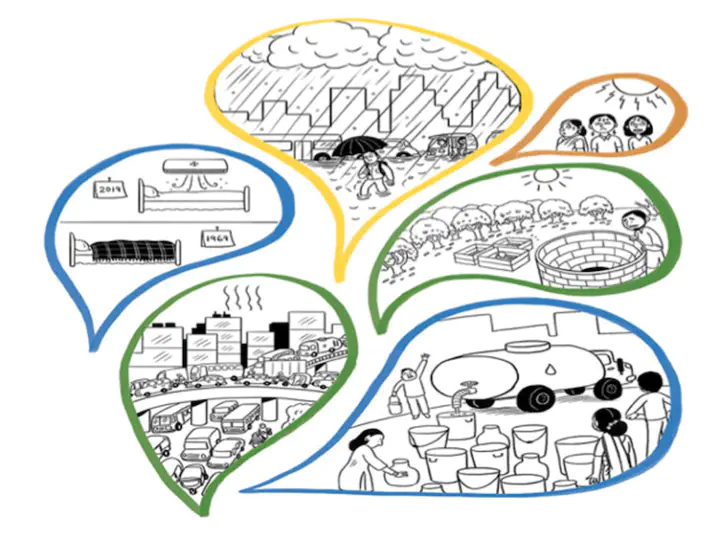Ecosystem-based adaptation (EBA)
 Image credit: plan-adapt.org
Image credit: plan-adapt.org
Climate change is one of the biggest challenges facing our planet today. Its effects, such as extreme weather events, rising sea levels, and changes in rainfall patterns, pose a significant threat to human well-being and the environment. Ecosystem-based adaptation (EBA) is a framework that seeks to address the impacts of climate change by using the natural systems and services provided by ecosystems to build resilience and promote sustainable development.
EBA recognizes that ecosystems, such as forests, wetlands, and oceans, provide essential services that can help us adapt to the impacts of climate change. For example, forests can protect against soil erosion, regulate water flows, and absorb carbon dioxide from the atmosphere. Wetlands can act as natural buffers against flooding and storm surges, and provide habitat for biodiversity. By working with and supporting these natural systems, we can build resilience to the impacts of climate change.
EBA is based on the principles of sustainable development and seeks to balance the needs of humans with the health and well-being of ecosystems. This means that EBA strategies must be designed with a long-term view that considers the needs of future generations. In addition, EBA recognizes that different ecosystems provide different services and that these services may be more important in certain areas or for certain communities.
There are many examples of EBA in practice around the world. For example, in Indonesia, the restoration of mangrove forests is being used to protect coastal communities from storm surges and sea level rise. In the United States, the restoration of wetlands in Louisiana is being used to protect against flooding and support the fishing industry. In Mexico, the restoration of forests is being used to protect against soil erosion and support local communities.
EBA is not a silver bullet, and it cannot address all the impacts of climate change. However, it is an important part of the toolkit for building resilience and promoting sustainable development. By working with and supporting the natural systems and services provided by ecosystems, we can adapt to the impacts of climate change in a way that is sustainable, equitable, and effective.